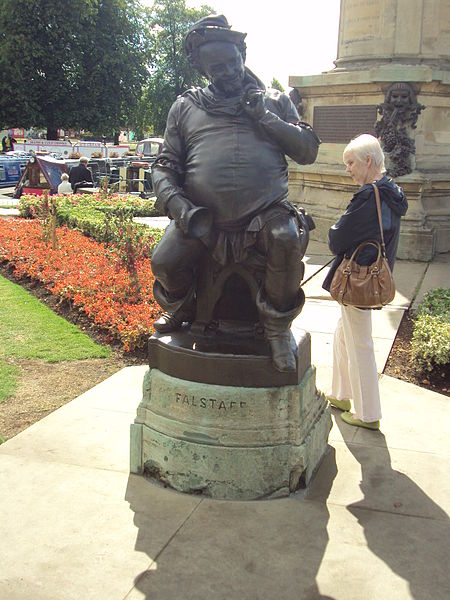
Events are taking place in Britain and around the world to mark the anniversary of Shakespeare’s death. Music was an important element in his plays and poems, whether in the form of instrumental pieces, songs, or references to it.
A recent extract from a chapter on music in the Oxford Handbook of the Age of Shakespeare was published on Oxford University’s blog. It explains that while the instruments at Shakespeare’s disposal would have been limited, it is possible to identify what a standard ensemble would have looked like in the late 16th century.
Duffin points to six instruments, first referred to explicitly in an account of the entertainment provided for Queen Elizabeth in 1591. The account reads, “After this speech, the Fairy Queene and her maides daunced about the garland, singing a song of sixe partes, with the musicke of an exquisite consort, wherein was the Lute, Bandora, Base-violl, Citterne, Treble-violl, and Flute.” The cittern was the precursor to the modern guitar, while the bandora, as Duffin points out, was a bass counterpart to the cittern and is believed to have been invented in London in 1562.
Duffin stresses that music had a different function in Shakespeare’s time, and would not have been so ubiquitous as film music today. Moreover, it was associated more directly with the performance on stage. Characters in the plays would hear and react to it being played, rather than it serving as a score does now.
Music and song made regular appearances in Shakespeare’s plays. A project at the University of Hull seeks to catalog all of the references to music in Shakespeare’s works, and has counted around 2,000.
In Shakespeare’s comedies, the lute was used, while his tragedies and history plays tended to employ the trumpet and drums for ceremonial sounds. This reflected certain attitudes towards particular instrument in Elizabethan England, with the lute being seen as benign or welcome, whereas the hoboy, a predecessor to the oboe, carried foreboding connotations and usually signified a threat.
Songs appeared frequently. In a time prior to professional singing, hearing someone singing in daily life situations was not unusual. This meant that even actors with little talent for singing by today’s standards would perform.
Shakespeare usually assigned songs to servants, fools, and other minor characters in the plays. The only occasions on which the main characters would sing were if they were in disguise, or when Shakespeare wanted to show their altered mental state e.g. Ophelia going mad in Hamlet.
Songs preserved from Shakespeare’s plays include Where the Bee Sucks from the Tempest, which is sung by Ariel, and “O mistress mine” from Twelfth Night (although there is debate about whether Shakespeare wrote the latter). His use of songs in tragedies like Othello, King Lear, and Hamlet broke with a Tudor tradition of generally not making use of the song in tragedies.
A major difference existed between plays produced for the court and those put on by professional companies. Twelfth Night and The Tempest, which were performed at court in 1601 and 1611, include almost three times as much music than his other plays, showing that Shakespeare would have had a greater number of musicians to work with when performing at court. At the Globe Theatre, it is believed there would have been a trumpeter, two string players, and another woodwind player who played the hoboy. Much of what was played during a Shakespearian performance is speculation since no musical notes of instrumental pieces have been preserved. Despite this, some groups have tried to recreate the music for a modern listener.
More information about the use made of music, instruments, and song is available at the Internet Shakespeare Editions run by the University of Victoria. An informative article about the use of song in Shakespeare’s drama is also available at Shakespeare Online.
